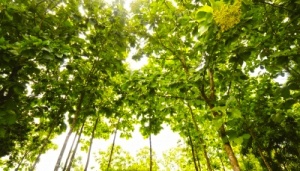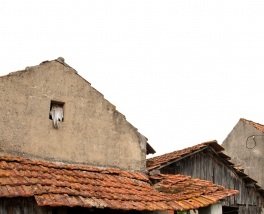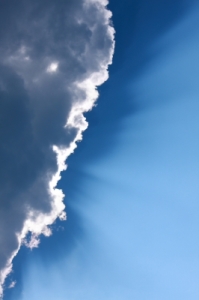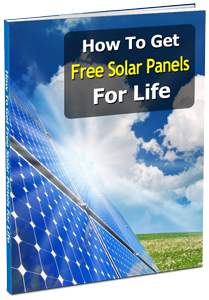Solar power sounds like a real win-win situation, right? After all, once you’ve made your initial investment in the solar panels you get free or reduced electricity bills every month. In fact, you can even get credits from the electric company, if your home produces an excess of electricity and you export it back into the grid. Not only that, but you’re also helping the environment out by adding clean energy into the system and doing your part to take the burden off overloaded electricity grids. However, before you jump into installing a solar power system, there are a few things you’ll need to take into consideration. These can affect how much power your panels collect, as well as the cost of installing the panels and maintaining your home.
Oh…we need sun?
Do you have trees shading your roof? While shade trees provide relief from hot weather in the summer and help to insulate your home from frost and chilly winds during the winter, they also block your roof’s access to sunlight.
Now, we’re not recommending that you cut down all (or any) of your shade trees. However, you may want to consider your solar panels’ placement. Does one side of your roof get more sun than the other? How do trees shade differently in the summer or winter months, when the sun is at a different angle? Is there a particularly sunny spot in your yard where you can install a solar panel? Some people are actually placing solar panels in their yards(where it’s allowed by local town ordinance) and surrounding them with flowerbeds or gardens to camouflage them and maintain an attractive lawn.
Whole Roof or Hole-y Roof?
Roofs need to be replaced every 7-15 years, and roofs that hold up solar panels have to be in especially good condition. Tile roofs get brittle as they age, and the tiles can shatter under the weight of the panels. Get an expert to inspect your roof to make sure that it can handle the weight of a solar panel system and that you won’t be dealing with any leaks or a collapsed ceiling after you install your panels.
You should also find out at what angle you should mount your solar panel for maximum exposure to the sun. This will have a lot to do with where you mount it on the roof and whether your roof has a steep, shallow, or flat pitch. Once installed on your roof, solar panels can actually help to extend it’s life, because they protect it from weather and sun exposure.
Efficient ways to save…
If your home doesn’t have great insulation, or you’re not using a smart thermostat, you could be using more energy than you need to. Before you purchase a solar panel system, get an energy expert to inspect your home to provide you with recommendations for energy efficient upgrades you can make.
These could reduce the size of the solar panel system you need to buy, and that savings could not only put a huge dent in the money you spend on the energy efficiency upgrades but also decrease your monthly utilities bills even more. Discover the low hanging fruit of energy savings with our most popular article on energy saving tips: Big Energy Savings Bang for your Buck – 5 Quick and Easy Tips
Weather or Not?
Some areas and climates are just better for solar power than others. For example, a home in Tucson, Arizona will generally get a lot more out of a single solar panel than a home in Seattle, Washington. If your area gets a lot of cloudy or rainy days, snow, or even has a lot of dust and debris in the air, you’re not going to get the same benefits as you would with a sunny, clear climate.
Except for the weather, which – as much as we’d love to – we can’t change, you can address any and all of these concerns before you install your solar panels. You’ll be glad you took a look at all the possible ways that you can make your solar system work best for you, before it’s installed. You’ll ensure that you get the best energy savings possible and the solar power system that’s right for your area and your home’s specific exposure to the sun.




Leave a Reply